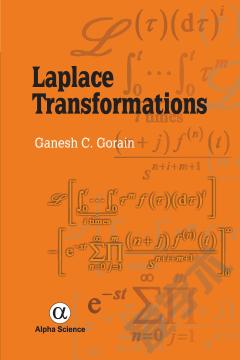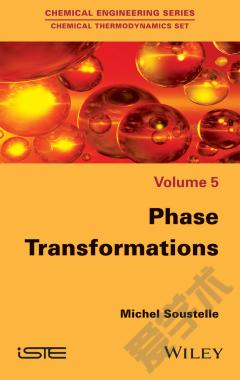Transformations of Surfaces
During the past twenty-five years many of the advances in differential geometry of surfaces in euclidean space have had to do with transformations of surfaces of a given type into surfaces of the same type. Before this period Bianchi and Backlund had established their transformations of a pseudospherical surface into pseudospherical surfaces, the essential feature of which is that a given surface and any transform are the focal surfaces of a W congruence. Furthermore, Bianchi (Lezioni, § 383) established the so-called theorem of permutability of such transformations; that is, if St and St are two transforms of S there can be found a fourth surface S' which is a transform of both 6'i and Ss. Later (footnote 41) he showed that there is a similar theorem of permutability for transformations such that a given surface and a transform are the focal surfaces of a W congruence.In 1899 Guichard (f. 11. 100) announced two theorems concerning the deformations of a quadric of revolution which led to the transformations of Darboux of isothermic surfaces. In such a transformation a surface and its transform are the sheets of the envelope of a two-parameter family of spheres with the lines of curvature corresponding on the two sheets. Families of spheres of this type are associated with cyclic systems of circles, which Ribaucour was the first to investigate extensively, and consequently two surfaces which are the sheets of the envelope of a two-parameter family of spheres with lines of curvature in correspondence are said to be in the relation of a transformation of Ribaucour. Bianchi showed that for transformations of Ribaucour (f. n. 54) and in particular for transformations of Darboux of isothermic surfaces (f. n. 64) there is a theorem of permutability in the sense mentioned above.
{{comment.content}}








 京公网安备 11010802027623号
京公网安备 11010802027623号